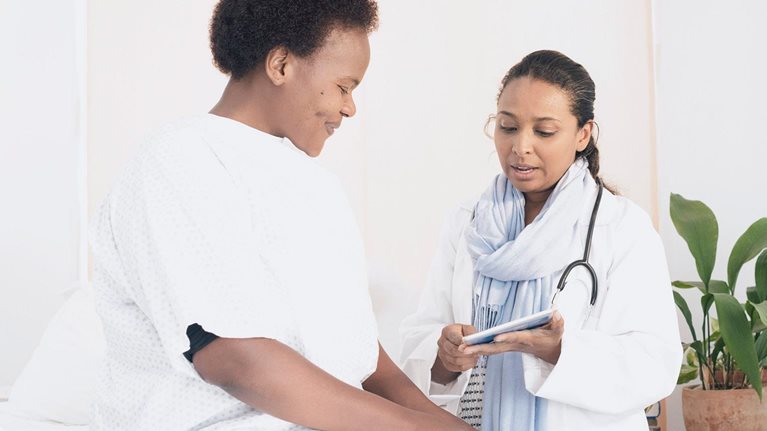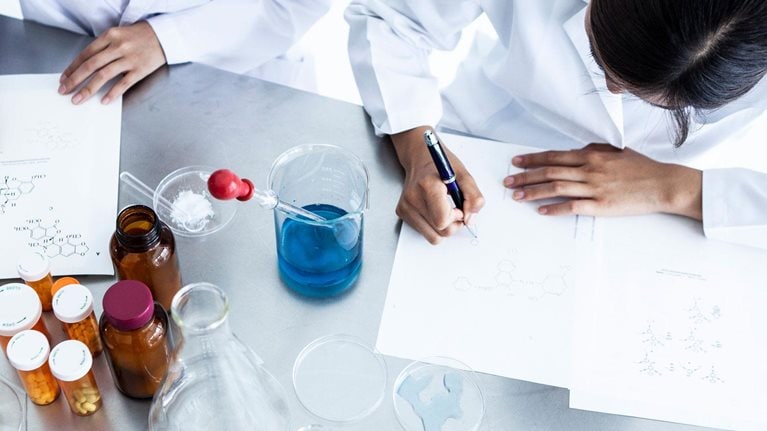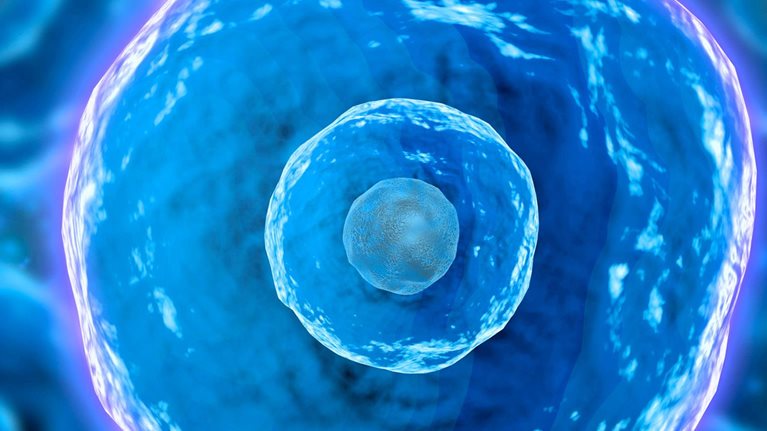Growth in Japan’s biosimilars drug market has been slow, rising by an average of only 25 percent a year from 2015 to 2017, compared with the worldwide market growth of 72 percent. And in 2017, while Japan’s biologics market accounted for 13 percent of the worldwide market, excluding the United States, its biosimilar market, valued at $140 million, accounted for just 5 percent. Notable too is that growth in Japan has been driven by very few molecules. In 2017, three biosimilars—of epoetin alfa, filgrastim, and insulin glargine—accounted for 80 percent of sales in Japan, compared with around 55 percent worldwide.1
Features of Japan’s drug-reimbursement system largely explain these trends. The system deters adoption of some biosimilars by making them more expensive than the originators for patients (as seen with infliximab). But it also incentivizes certain hospitals to prescribe other biosimilars (as seen with filgrastim). Notwithstanding these challenges, the Japanese biosimilar market is set for accelerated growth in the next three years. Success, though, will require an understanding of how patient–co-pay dynamics and financial incentives work.
Patient co-pay and hospital reimbursement
In Japan, as elsewhere, physicians have concerns about the efficacy and safety of biosimilars. Moreover, Japanese authorities set a loss-of-exclusivity date for the indication of a drug, not the drug itself, giving some indications a longer patent. For example, the patents for HUMIRA relating to the treatment of rheumatoid arthritis and Crohn’s disease expire in 2018 and 2021 respectively. This regulation can help pharmaceutical companies defend their market shares with more focused efforts.
By far, the main deterrent to the wider adoption of biosimilars, however, is the country’s co-pay system. Under it, patients pay between 10 and 30 percent of the cost of all drugs, whether originators or biosimilars. This generally does not distort the price gap between the two categories. But to help patients with the costs of expensive drugs and long-term medical care, there is a cap on the total amount a patient pays each month, according to age and income, with payers picking up the bill for any excess. Importantly, the cap lowers when reached three times in 12 months. Since costly originators are more likely to reach the cap limit, patients can end up paying less for them than they would for a biosimilar.
Exhibit 1 illustrates the point. Patient costs for the HUMIRA biosimilar were well below the cap over a two-year period. But because the originator exceeded the cap on three occasions in 12 months, the cap was reduced, leaving the patient paying an average cost per month of ¥26,700 ($250.37) for the originator but ¥28,400 for the biosimilar.

This system primarily explains the low uptake of the biosimilar version of the autoimmune-disease drug infliximab compared with other countries (Exhibit 2). By contrast, insulin glargine is one of the top biosimilars in Japan because the originator is not expensive enough to qualify for the cap program. ENBREL, which treats chronic diseases, including rheumatoid arthritis, does not qualify for the cap program either. This explains why Japan’s AYUMI Pharmaceutical, the manufacturer of the etanercept biosimilar, had to ask healthcare providers to limit prescriptions for the biosimilar temporarily three months after its launch in 2018: the company could not keep up with demand.

Another factor influencing uptake of biosimilars is Japan’s Diagnostic Procedure Combination (DPC), Japan’s unique payment system. Under the system, certain hospitals receive a fixed reimbursement fee per inpatient day, regardless of the drugs used, to encourage efficient treatment. Of all general hospital beds in Japan, 55 percent are in hospitals covered by the DPC system, giving these hospitals a strong incentive to use cheaper biosimilars, when appropriate. This explains why the filgrastim biosimilar, which doctors prescribe mainly to inpatients, is a leading biosimilar in Japan.
The outlook and how to succeed
Understanding the backdrop is key to understanding the drugs likely to drive future growth for biosimilars in the Japanese market, which analysts suggest will accelerate to an average 40 percent a year between 2017 and 2021.2 Three biosimilars are likely to drive growth: etanercept and soon-to-be launched trastuzumab biosimilars, which will have the advantage of lower patient co-payment rates than the originators because the originators do not fall within the cap program, and rituximab biosimilars, which will benefit from the DPC system (Exhibit 3).

Such predictions will change if regulations change in respect to reimbursements and “biosames.” In Japan, pharmaceutical companies’ market defense now includes the launch of biosames. In June 2019, Japan’s Kyowa Kirin gained market approval for darbepoetin-alfa injection, a biosame version of its own originator product, Nesp, through its wholly owned subsidiary, Kyowa Kirin Frontier. The biosame has the same listed price as the biosimilar. But these caveats only amplify the need for biosimilar manufacturers wishing to succeed in Japan to understand the market dynamics to craft their strategies—and their commercial models, particularly.
As in all markets, it makes sense to invest in building biosimilar awareness among healthcare providers, addressing their concerns about efficacy and safety. Real-world evidence generated in other markets, such as the Nordic countries, and the support of international key opinion leaders will be critical.
In addition, manufacturers should target accounts incentivized to prescribe biosimilars (for example, hospitals under the DPC system). Or they should target sizable subgroups of patients whose treatment with biosimilars could hit the co-pay cap and thus lower patient costs in line with those of the originators. For example, prescriptions for adalimumab for elderly patients could reach the cap, as the elderly are likely to be taking several different drugs, the combined costs of which would be considered under the co-pay system. Likewise, prescriptions for bevacizumab for patients with high body weight could hit the cap, as the dosage is weight related.
Companies should also consider their partnership strategies. An understanding of the likely uptake of any molecule in the portfolio, given the reimbursement regime, will help them decide which drugs warrant the full attention of the sales force and which are best marketed with a partner.


